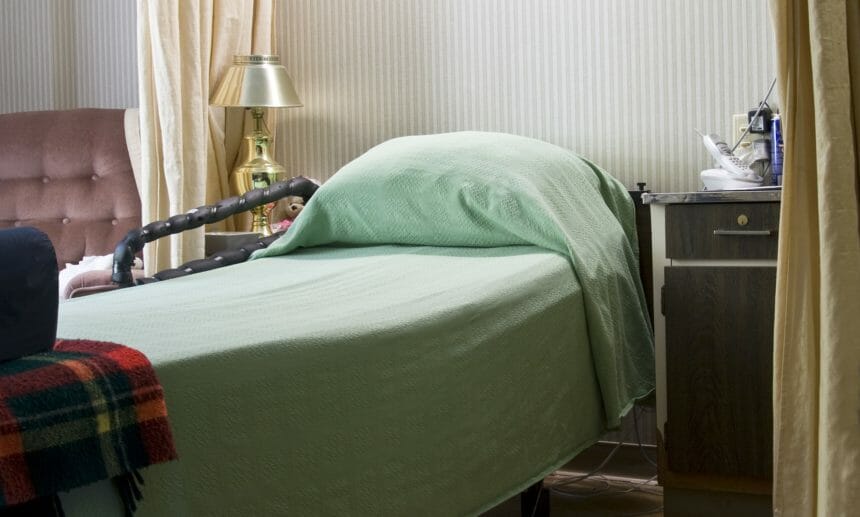
Fifty-seven percent of skilled nursing providers in Pennsylvania have empty beds, not because of lack of demand but because they don’t have enough staff members to care for residents and patients. That’s according to the results of a survey released Tuesday by the Pennsylvania Health Care Association.
Fifty-two percent of the respondents said they are limiting admissions in some
way because they do not have enough staff members to care for more people. The average number of people on a nursing facility waitlist is three.
Almost 100% of survey respondents said they have open direct-care positions, and 31% of all respondents said they have 21 or more direct-care positions open. Approximately 25% of all respondents said they have between 21% and 40% of their beds available as a result of not having enough staff members.
“It is clear our access-to-care crisis will not go away until our workforce crisis is first addressed,” PHCA President and CEO Zach Shamberg said in a statement. “At the same time providers are facing historic workforce shortages, our aging population is rapidly increasing, with the number of Pennsylvania adults 85 and older expected to nearly double between now and 2040.”
PHCA noted that the state last year approved a Medicaid reimbursement increase for the care of residents who are unable to cover their costs of care on their own. This increase was the first in almost 10 years.
According to the results of the survey, skilled nursing operators are planning to prioritize those funds to go toward employee wages. Even without the Medicaid increase, PHCA said, data from providers revealed that labor costs increased 20% between 2019 and 2022, and the average certified nursing assistant wage increase 12% during the same time period.
“While concerns and challenges remain, our survey also highlights the steps taken by providers to help meet care demands and serve their communities,” he said. “But more must be done, and our elected officials and regulatory agencies can help support those efforts.”
The report on the state of skilled nursing facilities is the first of a two-part series on long-term care in the Keystone State. The second report, set to be shared in the coming weeks, will focus on the state of assisted living communities and personal care homes.


